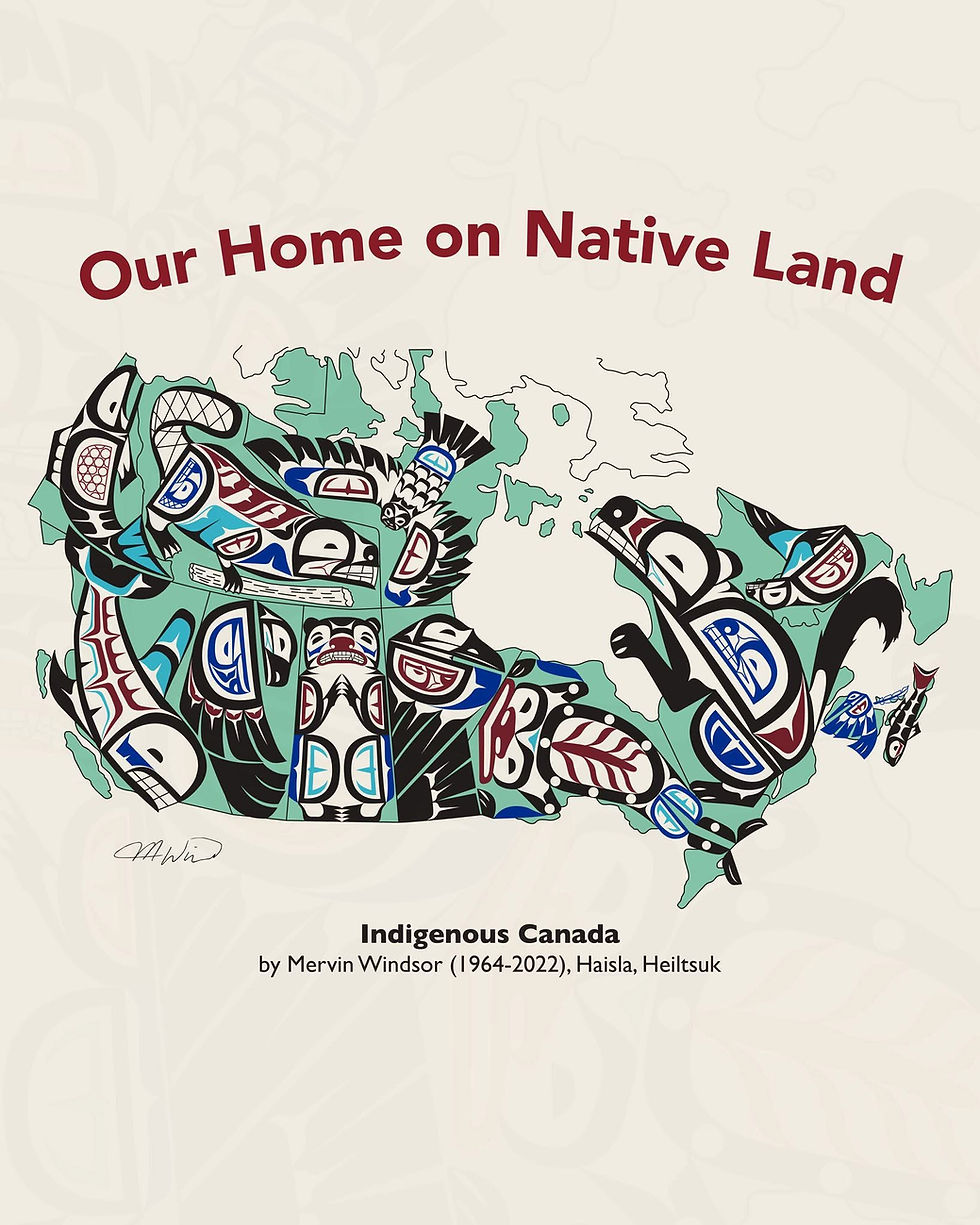ADHD Sleep Survival Guide: Soothing the Night Owl Within
- catherinekates2
- Jul 1
- 4 min read
By Catherine Kates @ The Junction Triangle Collective
Therapy for when life goes off the rails (especially at 2 a.m.)

Sleep + ADHD = It’s Complicated
If you have ADHD, chances are you’ve googled “Why am I wide awake at 1 a.m. again?” while wrapped in a blanket burrito of regret and granola crumbs. You’re not lazy. You’re not broken. Your brain just runs on a different operating system — one that’s a bit more “after dark disco” than “9-to-5 factory settings.”
The truth? ADHD messes with melatonin, dopamine, circadian rhythms, and your body’s internal thermostat. So instead of trying to force sleep like you’re in military boot camp, let’s work with your natural rhythms and needs.
Why You’re Awake at Night (And What to Do About It)
Delayed Sleep Phase Syndrome: Your melatonin doesn’t get the memo until hours after everyone else is out cold. Totally normal with ADHD.
Late Night = Peace: Fewer pings, fewer demands. Your brain can finally think. (Or hyperfocus on reorganizing your sock drawer.)
Screens = Sometimes Helpful: It’s not the screen, it’s what’s on the screen. Cozy vibes? Fine. Doomscrolling? Not so much.
Try This Instead:
Use flexible sleep windows, not rigid “bedtimes.”
Shift slowly — like, 15 minutes every few days.
Create a “wind-down playlist” to cue your brain it’s chill o’clock.
Set gentle timers. Think: “One more episode, then I brush my teeth.”
Cooling Down the Nighttime Fire (11 p.m. – 1 a.m.)
In Chinese Medicine, this time is linked to your Triple Heater and Liver meridians — aka the “I’m tired but my brain is throwing a rave” zone.
Here’s how to cool the chaos:
Acupressure for ADHD Insomniacs
1. Liver 3 (Tai Chong)🦶 Between your big toe and second toe.👉 Great for overthinking and rage-texting your ex (don’t). Press gently in circles.
2. Heart 7 (Shen Men)✋ On the pinky side of your wrist crease.👉 Perfect for anxiety and racing thoughts. Try this one when your brain is throwing out old memories like a broken TikTok algorithm.
3. Pericardium 6 (Nei Guan)✋ Three finger-widths down from your wrist.👉 Helps emotional release. Bonus points if you sigh dramatically while doing it.
4. Triple Warmer 5 (Outer Gate)✋ Two fingers up from wrist crease, back of forearm.👉 Good for down-regulating the inner chaos squirrel.
5. Kidney 1 (Bubbling Spring)🦶 Sole of your foot, under the ball.👉 Press or warm this spot when you're spiraling at midnight wondering if sloths get lonely.
Somatic Hugs for the Overactive Brain
Sometimes your body just needs to know it's safe before it can snooze. Try these cozy poses:
Butterfly Hug: Cross arms over chest, tap shoulders lightly. Bonus: feel like your own emotional support burrito.
Temple Hold: Hands on your temples. Whisper, “Shhh, brain. You’re good.”
Forehead & Heart Hold: One hand on forehead, one on heart. Connect head and heart like a calming WiFi signal.
Leg Compression: Lay a folded blanket across your thighs. Ground your nervous system without buying more stuff (unless you want a weighted pillow — those are magic).
Bonus Rituals:
Gentle rocking (boat mode: activated)
Humming (vagus nerve = soothed)
Stroking your arms with a soft object (stuffed animals count)
Inhale for 4, exhale for 6 — imagine a sleepy wave down your spine
Build a Sensory Sleep Cave
Think: ADHD-friendly, not Pinterest-perfect.
Try:
Weighted blankets or compression sheets
Blackout curtains or fairy lights (whatever works)
Pink or white noise (yes, there’s a difference)
Cooling cotton sheets or fleece — go Goldilocks on your bedding
Lavender oil or a small fan (sensory heaven)
Low-sugar bedtime snack if blood sugar dips mess with your zzz’s
But I Need Screens to Wind Down…
Same. You’re not wrong — screens can regulate. Just be strategic.
Helpful:
Cozy games (like Stardew Valley or Animal Crossing)
Slow Let’s Plays (someone else playing cozy games)
Nature documentaries with soothing narrators
Not So Helpful:
TikTok doomscrolling
Fast-paced, violent, or loud content
Engaging in comment section debates (no one wins)
Tips:
Turn on Night Shift or dark mode
Use blue light glasses
Have a “screen curfew buffer zone” if possible — even 15 minutes of non-screen transition helps
ADHD Time Blindness Is Real
If winding down feels like an off-switch you can’t find, try:
Visual or audio wind-down timers
Bedtime playlists (yes, like Pavlov, but cozy)
Saying, “Just one more episode then I brush my teeth”
Letting bedtime be a slow slide, not a cliff drop
Let Sleep Be Soft (Not a Punishment)
Traditional sleep hygiene can feel like a set-up. "No screens, no snacks, no fun!" — yeah, that’s not gonna work here.
Instead:
Create flexible, forgiving bedtime windows
Use somatic & sensory tools that feel good
Let your weird stims (humming, rocking, burritoing) be your sleep aids
Adjust your space and schedule for your brain, not against it
Final Thought
Sleep isn’t something you achieve. It’s something your nervous system returns to when it feels safe, soothed, and seen.
So be gentle with yourself. You’re not “bad at sleeping.” You’re just built for a different rhythm — and with the right support, you can finally rest like the majestic, neurodivergent night owl you are.



Comments